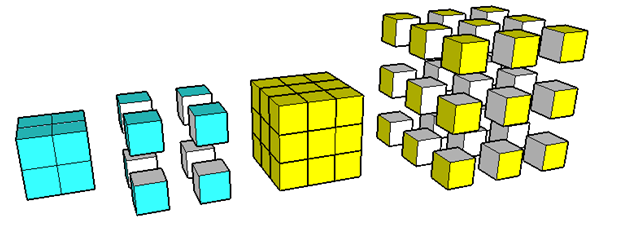What is the horizontal line test?
In January of this year, we have discussed about the vertical line test. We have learned that if a vertical line intersect a graph more than once, then that graph is not a function. In this post, we learn about the horizontal line test and its relation to inverse functions.
Suppose we have a function . Then, we input
and call the output
. If we do things backward, suppose we have the number
which is in the range of
. What value should we input to
to get
? Let’s have a more specific example.
Suppose we have the function . And we choose the number
which is in the range of
. What number should we input in
to get
? Well, we will have two numbers, those are
and
. » Read more
